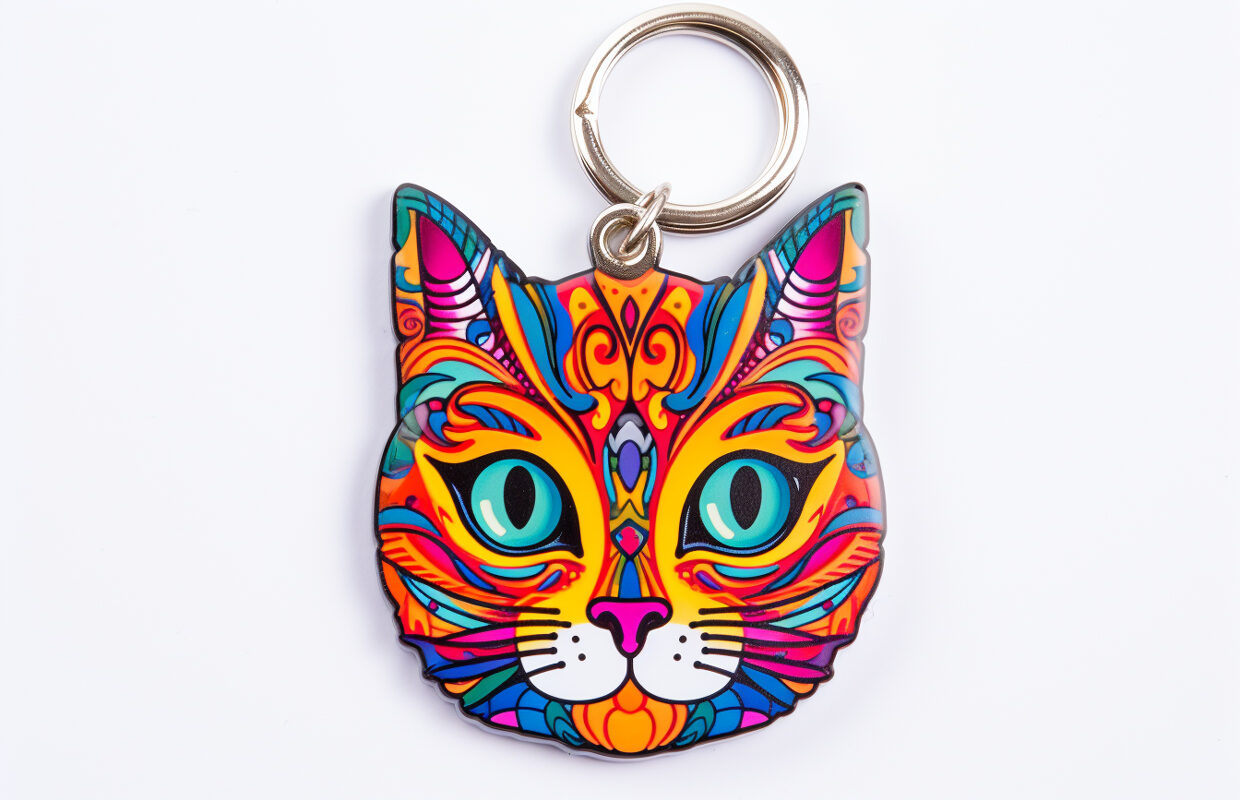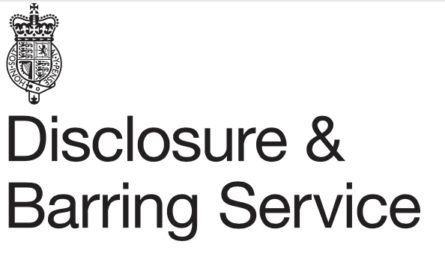With over a decade of cat sitting experience, I’ve encountered my fair share of key-related challenges. It felt only right to put together this key-management guide to help others steer clear of stress-inducing situations.
Keeping cat client’s keys safe & organized
It goes without saying – organization is key (pun intended)!
For everyone’s sanity, keeping clients’ keys safe and properly labelled is crucial – but for security reasons, avoid using names or addresses. If you don’t have a system in place already, I’d suggest picking up some basic keyrings. On a tighter budget? Some washi tape and a biro will do the trick temporarily. Even with a distinctive keyring from a client, relying purely on memory is a risky business.
The night before my morning cat visits, I pop the necessary keys in a zipped pocket of a lightweight rucksack, which I carry on my rounds. Once jobs are finished, I immediately put the keys back into my key safe at home to minimize the risk of losing them. This key safe is a secure spot dedicated solely to storing keys and ensures that they are always where I expect them to be.
Keys should be kept in one place at home, and one place only. Don’t be tempted to just leave the keys on the kitchen table.
Key Challenges and Solutions
- Multiple Locks: Managing a single key for multiple locks on one door can be tricky.
- Rotating Keys: Some keys need multiple rotations to open the lock—patience is key.
- Misfit Keys: Occasionally, a key fits in the lock but isn’t actually the right key.
Key Preparation and Verification
- Freshly Cut Keys: Freshly cut keys might not work—always check them beforehand.
- Changed Locks: Ensure the client hasn’t changed locks and provided an old set of keys.
- Double Locking: Be aware if the cleaner or someone else might have double locked the door.
- Verification: Always check keys with the client before leaving and ask if others have spare sets.
Security and Emergency Preparedness
- Access Inquiry: Clarify if others (cleaners, friends, relatives) will be accessing the property.
- Insurance: Maintain insurance that covers loss of keys or the need to change locks.
- Locksmith Information: Keep contact details of local locksmiths handy for emergencies.
It’s an easy one to forget, but if you’re collecting keys from a client, check them before you leave. One of my clients kindly dropped off keys, forgetting they’d changed a lock. Also, it’s worth remembering that freshly cut keys aren’t always guaranteed to work. When collecting, always ask if you can try the keys out before leaving.
An extra tip: my partner and I use Smart Tags on our house keys – a lifesaver for the forgetful amongst us. Smart Tags can track the location of keys via GPS, providing extra security and peace of mind. Our cat also has one attached to her collar for her little outside escapades!
Door won’t unlock
If you find yourself in a situation where the door won’t unlock, I’d suggest taking a deep, calming breath. Take it from me, panicking won’t solve anything. Some locks are just old and cranky. Some can stiffen up with weather changes.
Once you’ve established you’re definitely at the right door with the right set of keys in your hand, then give them another go. Wiggle them about without forcing them. Last thing you need is a snapped or jammed key. If there’s something to hold on to, try pulling the door towards you or upwards while wiggling the key. It could just be a case of a misalignment. At least three of my clients have dodgy locks that have a knack to open.
During your cat visit
When you have unlocked the door, pop the keys somewhere where you will definitely remember them. I find a pocket or my bag is a good option. When I leave, I have a routine to ensure I check I have the keys with me. Always look & double check – you don’t want to shut the door only to find the wrong set of keys in your hand.
Returning keys after a visit
When a client asks to post the keys through the letterbox, pop them in an envelope. This looks more professional, doesn’t damage flooring and is—security-wise—a better option.
Be mindful that it can be a risk to return keys before the client is back.


